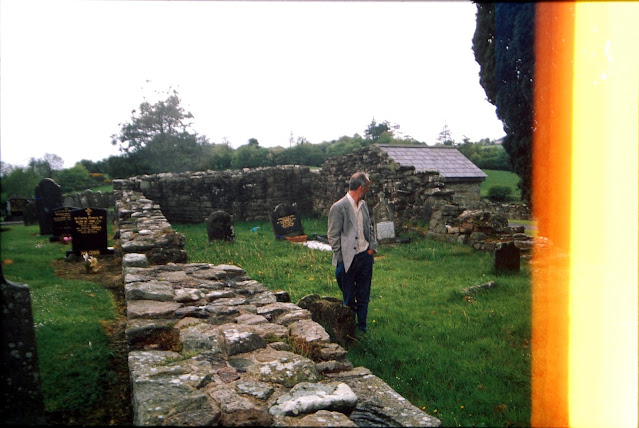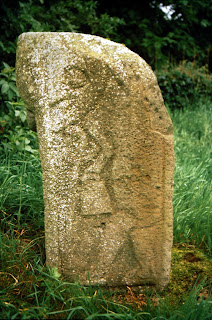Archaeology 360: Monea Castle, Co Fermanagh

Monea castle is one of Northern Ireland's iconic castles. It lies in gently undulating countryside, about 4 km to the west of Lough Erne. The major building work of the castle was carried out between 1616 and 1618. However, a Survey of 1619 noted that it was 'a strong Castle of Lime & Stone, being 54ft long & 20ft broad; but hath no Bawne unto it'. This 'Bawn', or outer defensive wall, was not completed until 1622. Its designer and first owner was Scotsman, Malcolm Hamilton, who started off as the Rector of Devenish, before being appointed Chancellor of Down in 1612. Things clearly went well for him as he was made archbishop of Cashel in 1623. But not too well, as Wikipedia records that in 1629 he 'died of an unknown infectious disease', which seems somehow unsettling ... but mostly for Malcolm! The subsequent history of the site has it passing back & forth between Irish and Colonist control for much of the 17th century. It appears to have burnt ...


